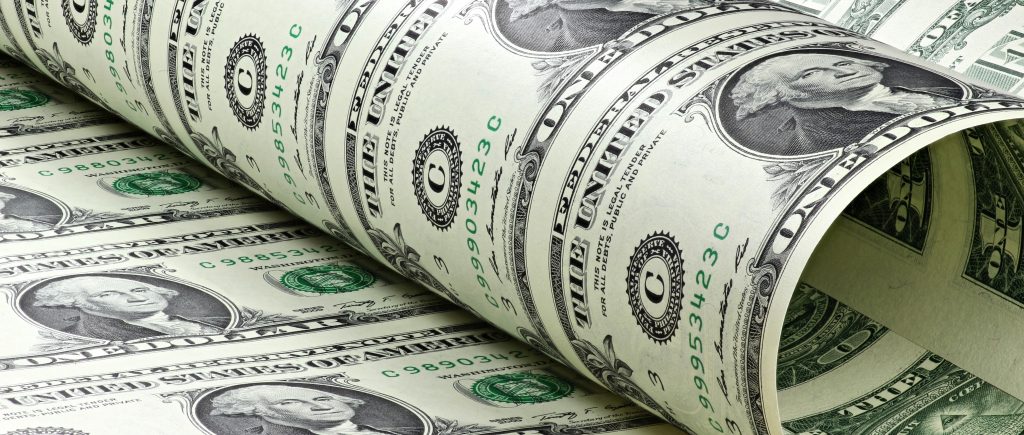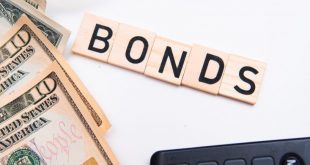The U.S. dollar extended its recovery on Thursday, posting broad gains as optimism grew over potential tariff agreements between Washington and several of its key trading partners.
While trading volumes were thinner due to the May Day holiday across many global markets, the greenback saw renewed technical buying after being oversold in April. Treasury Secretary Scott Bessent and White House economic adviser Kevin Hassett helped lift sentiment, pointing to “loose discussions” with China and positive signs of movement on trade.
President Donald Trump added to the momentum, saying trade agreements with India, South Korea, Japan, and potentially China were progressing.
Yen Sinks as BOJ Pushes Back Rate Hike Timeline
The Japanese yen saw sharp losses, falling to a four-week low against the dollar at 145.52 yen, marking the dollar’s biggest single-day gain versus the yen since November 2024. The euro also surged against the yen to a four-month high at 164.29, up 1.4% on the day.
The moves followed the Bank of Japan’s decision to hold interest rates steady at 0.5%, coupled with a significant downgrade in Japan’s growth and inflation outlook. The BOJ now expects to reach its 2% inflation target in the latter half of fiscal 2026, a full year later than previously projected.
Euro, Sterling Slip vs. Dollar
While the euro gained on the yen, it fell 0.4% to $1.1286 against the dollar, a three-week low. The British pound also slipped 0.4% to $1.3284, tracking the broader dollar strength.
The U.S. dollar gained 0.6% to 0.8311 Swiss franc, continuing its strong performance across safe-haven and commodity-linked currencies.
Markets Eye U.S. Payrolls After Weak Data
Investors are now focused on Friday’s U.S. nonfarm payrolls (NFP) report, with forecasts calling for 130,000 new jobs in April, down from 228,000 in March. The outcome could influence expectations around future Fed rate cuts.
Thursday’s data added to concerns:
- Initial jobless claims rose to 241,000, the highest since February.
- The ISM manufacturing PMI fell to 48.7, a five-month low and firmly in contraction territory, reinforcing fears of stagflation as tariffs strain supply chains and lift costs.
Aussie Dollar Slips After Strong April
The Australian dollar dipped 0.3% to $0.6385 after a robust April performance, weighed by the broader dollar rally despite support from stronger-than-expected domestic inflation data.
The dollar regained its footing amid trade optimism and weaker overseas central bank signals. However, markets remain cautious ahead of the U.S. jobs report, which could reshape expectations for the Federal Reserve’s next move.
 Noor Trends News, Technical Analysis, Educational Tools and Recommendations
Noor Trends News, Technical Analysis, Educational Tools and Recommendations





